Things You Need To Know Before Buying A Mattress For Your Baby
What type of mattress is best for a baby cot?
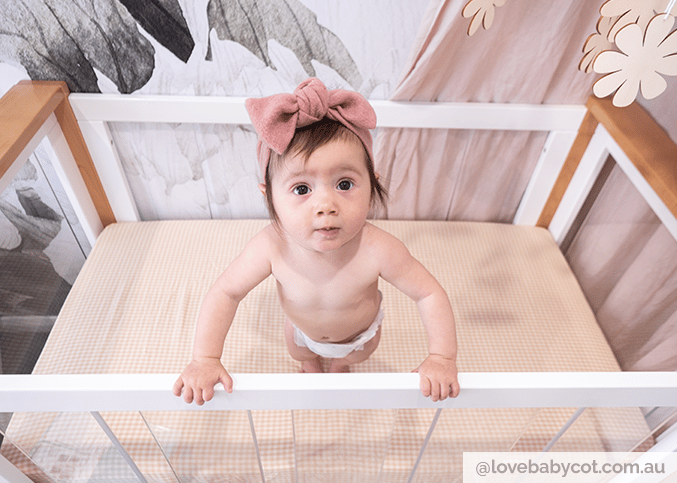
There are many types of mattresses designed for cots including foam mattresses, coir mattresses, fibre mattresses, pocket spring mattresses and bonnel innerspring mattresses, so it is important to know what you are buying – as your baby’s mattress is one of the most important purchases you will make for their delicate growing body.
When selecting the best cot mattress for your baby’s nursery, we recommend that you consider a number of factors:
1. Your environment where your nursery is located
2. The age of your baby
3. If your cot has a drop side, where the side of the cot lowers
4. How long you intend to use the mattress in the cot
What mattress is best for newborn?
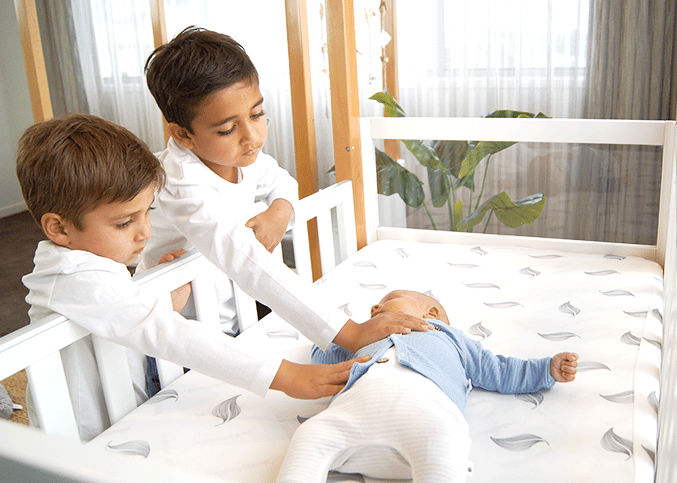
Newborn babies should always sleep flat on their back, on a firm surface, preferably a cot or bassinet.
Babies should not be left to sleep on a couch or other soft surfaces, even for short day sleeps.
Why do babies have to sleep on a firm mattress?
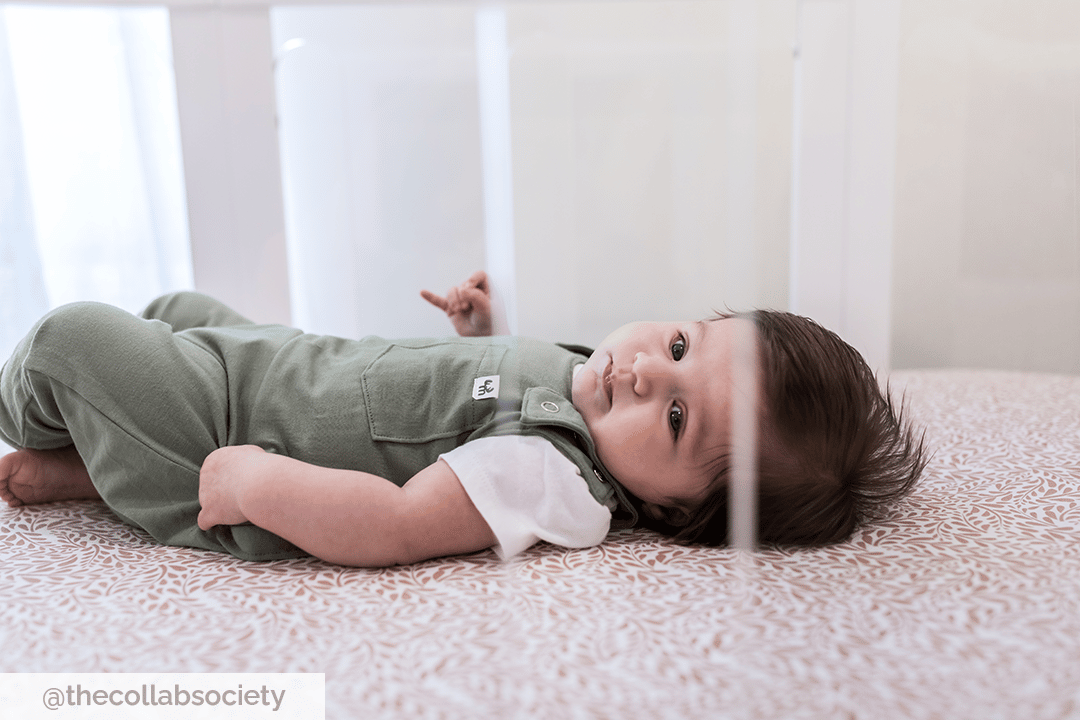
Traditionally many parents looked for soft and squishy mattresses, but medical experts advise that these are not safe. The reason that they are not safe is that your newborn can settle into the mattress causing their respiratory passages to compress, so it is harder for them to breath or roll out off, if they roll forward. This may result in air occlusion and suffocation.
A non-mandatory Australian Standard (AS/NZS 8811-1:2013 – Sleep Surface Test for Firmness) has been developed for infant mattresses. We were the first brand in Australia, to work with the Queensland Government to review the draft Standard and the test methodology. This methodology, tests the firmness of a mattress.
How firm should a cot mattress be?
The Australian Standard requires that the cot mattress to be firm for an infant, so look for a mattress that is tested to the Australian Standard.
Which type of mattress is best for a baby?
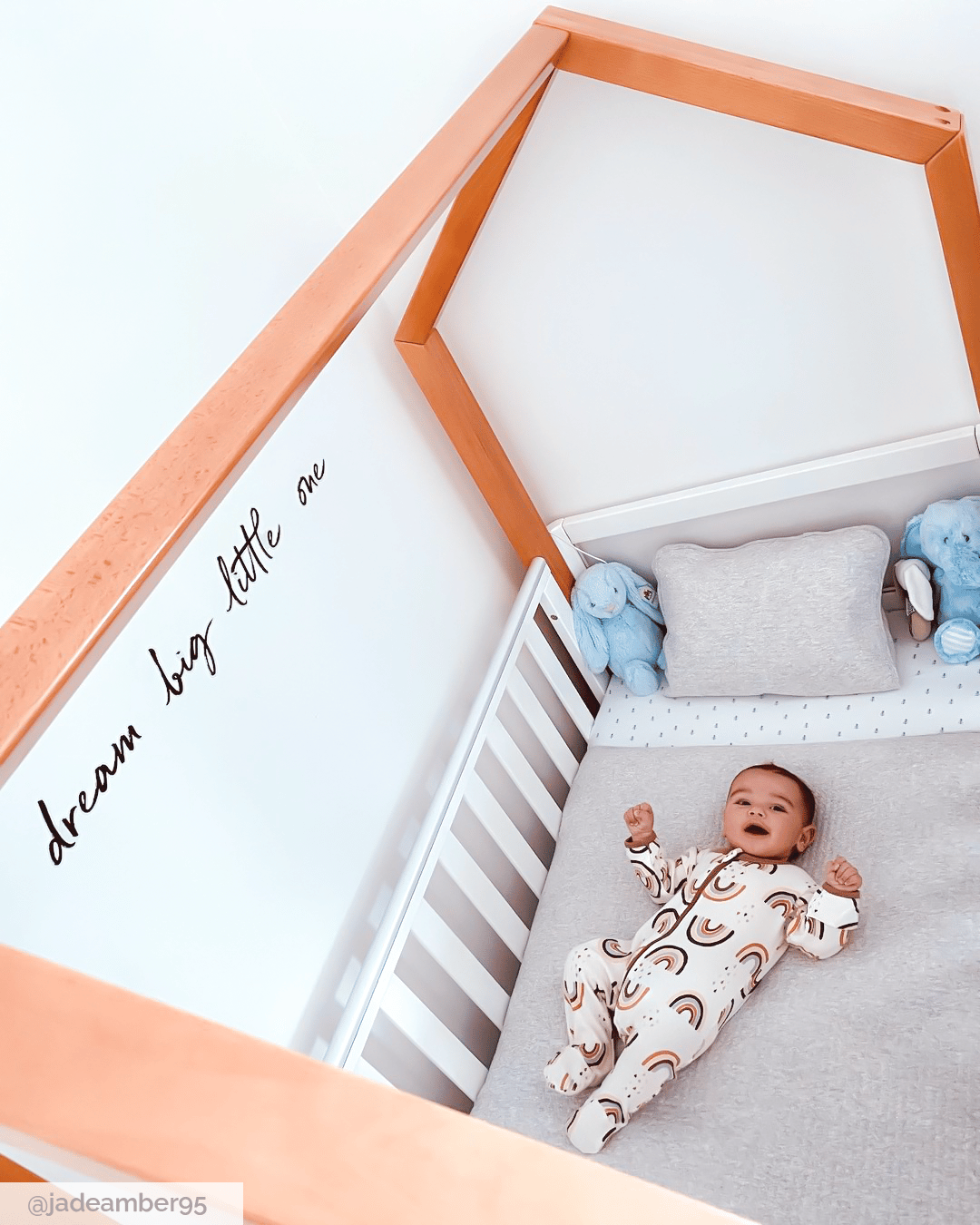
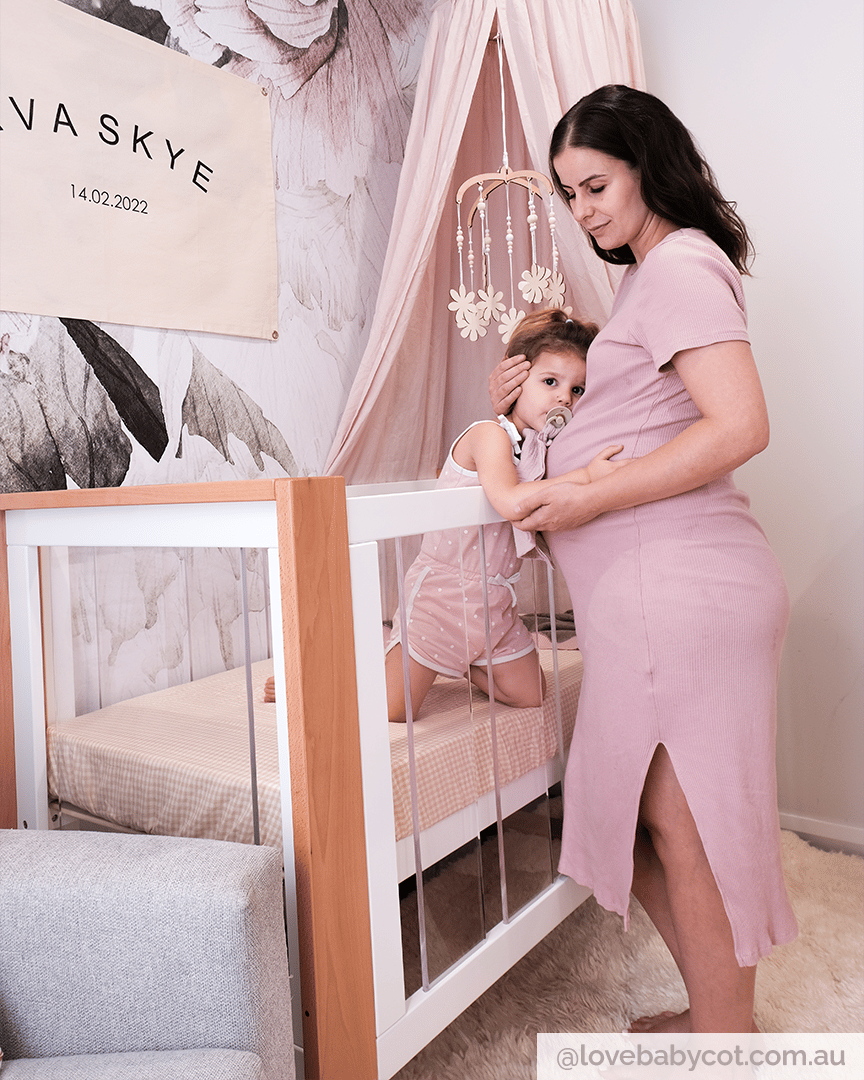
So, we know that you need a firm mattress but there are other safety factors to consider:
1. Does the cot mattress must fit the cot correctly?
Every cot which meets the Australian Standard (AS/NZS 2172-2003) will have recommended mattress dimensions printed on the base of the cot. This is the perfect size recommended by the manufacturer of your cot, so always follow the recommendations to ensure your mattress is properly fitted in your cot, with no more than a 4cm gap between the edge of the mattress and the adjacent cot side (when the mattress is placed on the opposite side).
Conversely, if the mattress is too big it will buckle inside the cot, especially when you try and lower the side of the cot to reach your baby. This may damage your cot or make it difficult to lower your drop side.
Pro Tip: Do not buy a mattress that does not meet the manufacturer’s mattress recommendation, as most mattress manufacturers have a tolerance built into their mattresses, so don’t buy the wrong size.
The thickness of the mattress is also important as a baby cot mattress should be positioned at a safe depth for your baby. The distance from the top of the mattress to the top of the lowest side when the drop side is closed should be at least 50cm when the base is in the lowest position, and at least 30cm in the upper position. This is why we do not recommend stacking multiple mattresses inside a cot. Babies can wiggle between the mattresses and have been known to become trapped and die.
2. What is inside the cot mattress?
Most baby cot mattress are made with foam. Some foam mattresses contain toxic chemicals such as formaldehyde, benzene, and naphthalene. Some even contain isocyanates, which, according to the Occupational Safety and Health Administration, can cause irritation of the eyes, nose, throat, and skin. Foam is also highly combustible and often requires the addition of formaldehyde and other fire retardants, to make it fire safe.
There is no foam in our breathe eze fibre mattresses. We use thermally bonded fibre as this process utilizes less chemicals and reduces your baby’s exposure to harsh chemicals used in other chemical and petroleum methods of bonding. There are no binders, adhesives or blowing agents which may have significant health impacts over time. There are no fire retardants or formaldehyde in our mattresses as our breathe eze fibre is inherently flame retardant and does not flare up like other textiles. So, our breathe eze mattresses are low VOC (volatile organic compounds).
Some companies promote Coir or Coconut Husk filled mattress. Whilst this sounds cool, we believe there are too many problems associated with these mattress fillings which makes them unsafe for your precious baby:
1. Hygiene Issues: Coir mattresses tend to retain moisture, dust and allergens that can reduce the hygiene of the mattress and attract dust mites and insects. When these pests breed in a mattress not only is it dirty, but it can lead to off-gassing. The coir also can attract body odour and sweat and as we know our little bubs do sweat a lot, especially in their heads. If you live in a humid climate, which is most of Australia, these issues are exacerbated as fungus and algae infest in the coconut husk mattresses, more readily.
2. Not Supportive: Coir is not uniform and when packed in a mattress can leave unevenness through the mattress, which is not safe for your delicate baby’s growing body.
3. Not Durable: Coir mattresses compress easily and lose their shape. Unlike fibre, they cannot be reshaped, with washing and so they become uneven and are not supportive for your baby’s growing body.
4. Cheap Waste By-Product: Coir is often used by manufacturers because it is a waste of coconut fibre, which is abundant and cheap but not necessarily best for your baby.
Our breathe eze mattresses are unlike coir mattresses, they are dust mite, allergy resistant and anti-microbial so little nasties prefer not to live in your baby’s mattress, so they are more hygienic. The mattress pads are heat baked to the correct size and thickness, so you don’t have uneven surfaces.
We believe our mattresses are more breathable and safer than a foam mattress. We have undertaken breathability testing of our fibre and so we know they are safer.
We create different types of mattresses for different uses and duration of use. We create Breathe Eze Fibre Mattresses (with no innersprings) for short term use (2-3 years depending upon compression weight and climate). We also create our famous Breathe Eze Innerspring range of mattresses which provide optimal ergonomic support for your baby as they grow, for much longer. Our innerspring mattresses are made differently from other mattresses. For further information about our Breathe Eze Innerspring Mattresses Click Here
Why do babies need a different type of mattress?
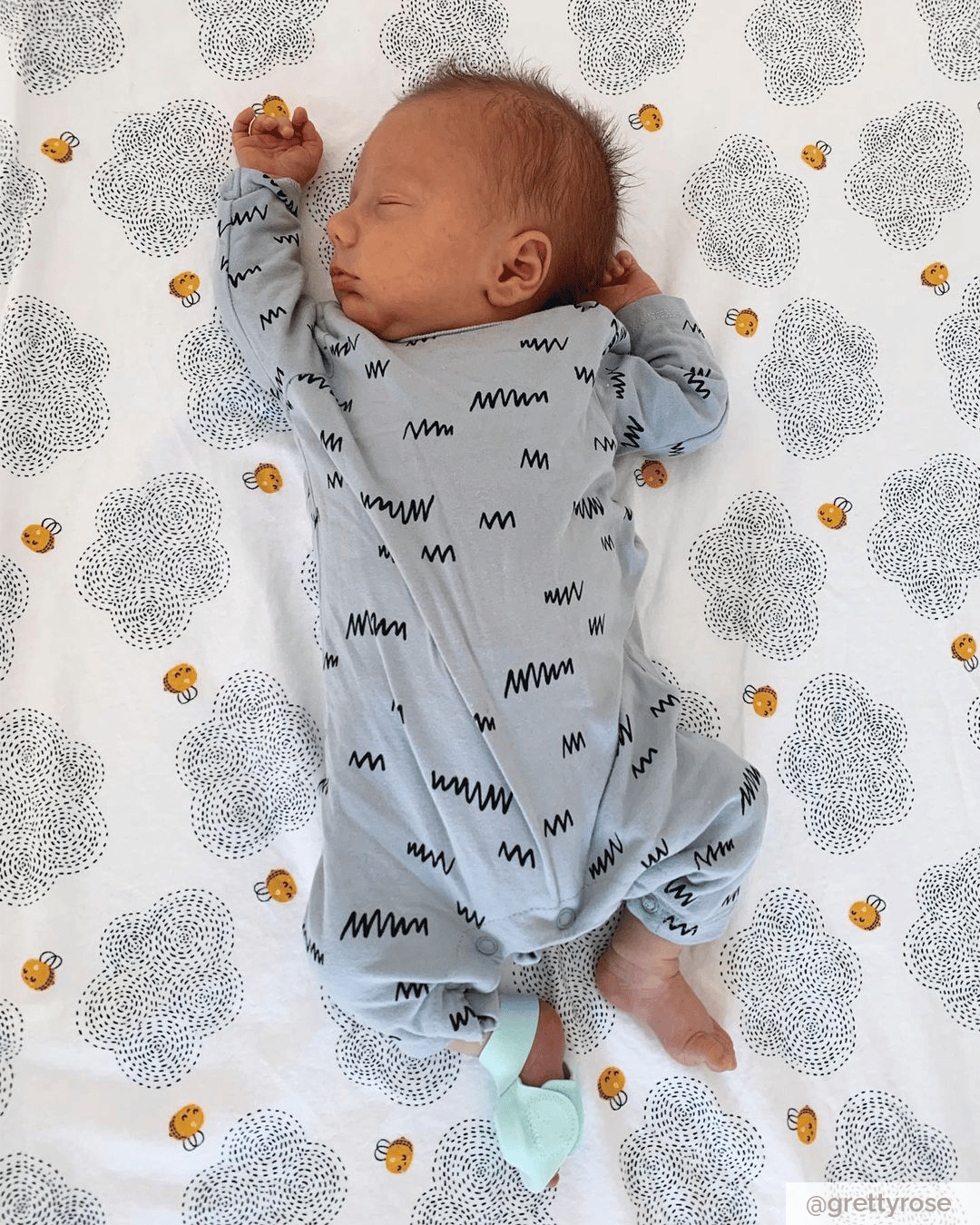
We design our mattresses to suit your baby, so they offer optimum ergonomic support, this is achieved through the quality of the springs.
We use a high quality bonnell spring, these are hourglass-shaped and the ends of the wire are knotted or wrapped around the top and bottom circular portion of the coil and tied. All the individual springs are then tied together using spring wire, and the completed structure is reinforced with a strong border wire to retain the shape and form a mat. A round helical crosswise connects each single spring to a spring unit.
Different thickness (being the gauge) of wire in the springs makes a harder or softer mattress. For your baby, the Australian Standard recommends a firmer mattress, so our mattresses have a lower gauge. The number of springs per mattress type is one of the key quality characteristics of a bonnell spring mattress which support for your baby’s body through their head, neck, back and spine.
Your baby needs support from their mattress when they sleep but their mattress also needs to support them as they begin to stand in their cot. Most older bubs once they wake, will stand up against the drop side of their cot. If their mattress does not support them adequately, they can slip and their legs can fall through the slats of their cot, causing them injury. To ensure your baby is supported the bonnell springs in our innerspring mattresses are surrounded by a tempered steel frame, which supports the sides of our innerspring mattresses.
How much is a cot mattress?
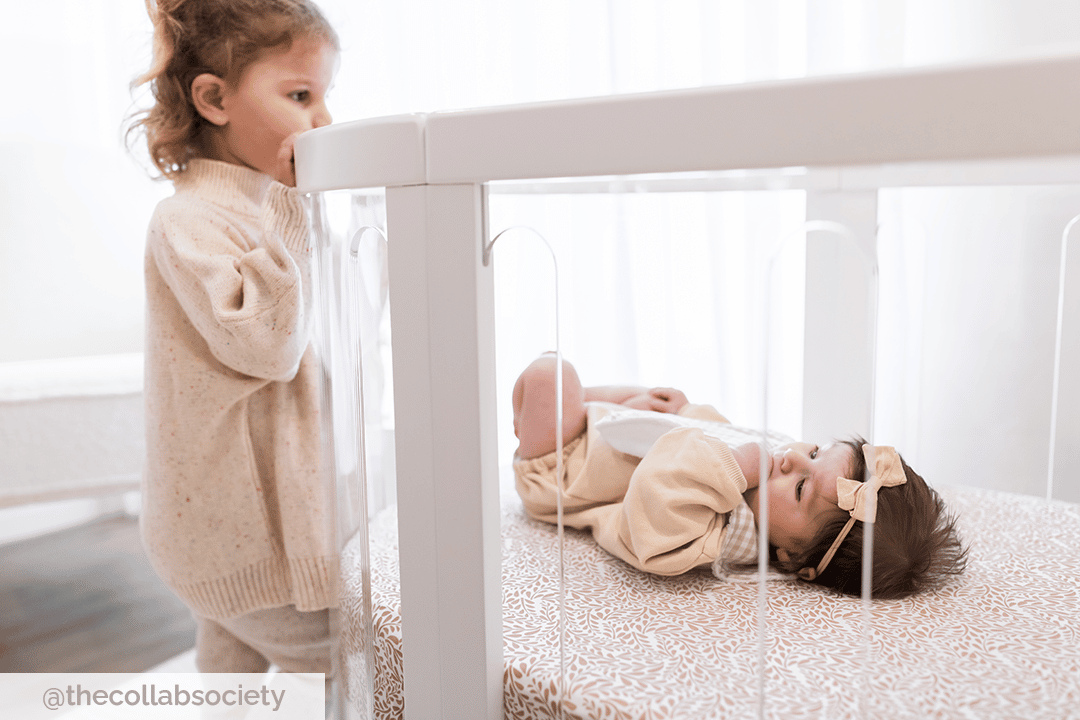
A good quality mattress starts from $99 for a Breathe Eze fibre mattress with no springs to the most premium mattress in our range, being the Breathe Eze Bamboo Innerspring Mattress Click Here.
To save money and support our customers, we offer package prices for a cot and mattress, so you can save money when you buy a cot and mattress package directly from us. To see our range of cot packages, Click Here
How should you sleep baby on a cot mattress?
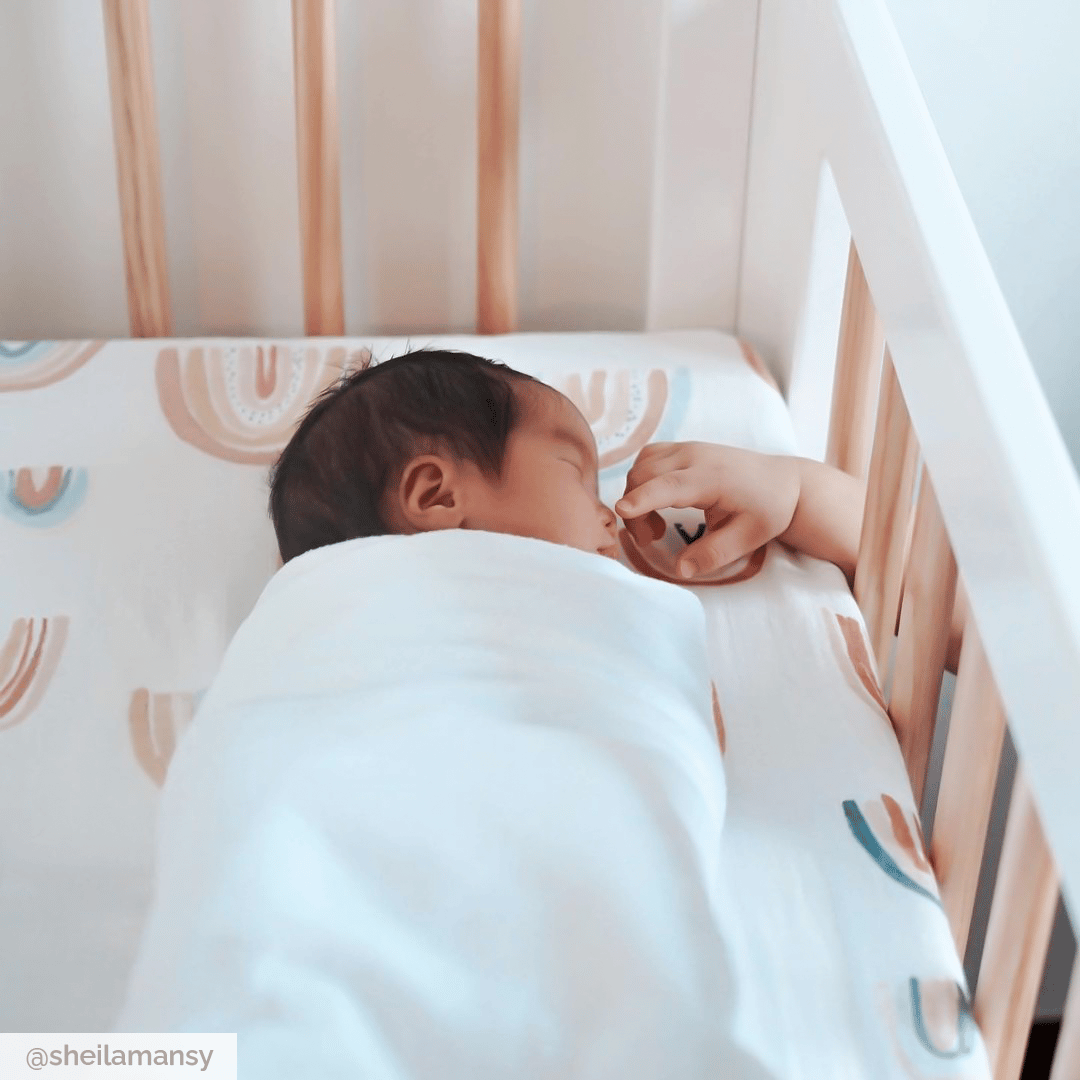
These are 4 points to remember:
1. Always place your newborn on their back to sleep.
2. Lay your baby on a firm surface.
3. Lay your baby on a flat surface as it is not safe to incline your newborn’s sleep space.
4. Keep your newborn’s airways clear.
For more detailed information about how to safely sleep your baby Click Here.
If you would like more information about how to select the perfect mattress for your cot, please email our team on sales@babyhood.com.au or call our office during business hours on (07) 3208 3555.
